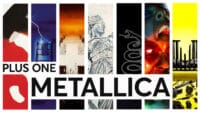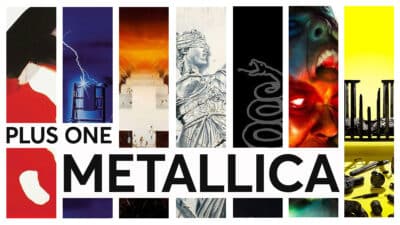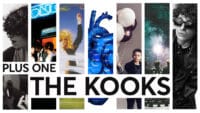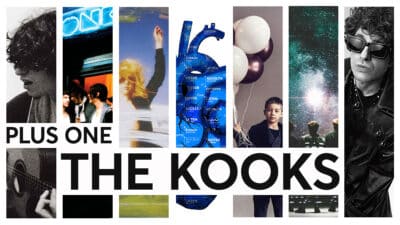Feature
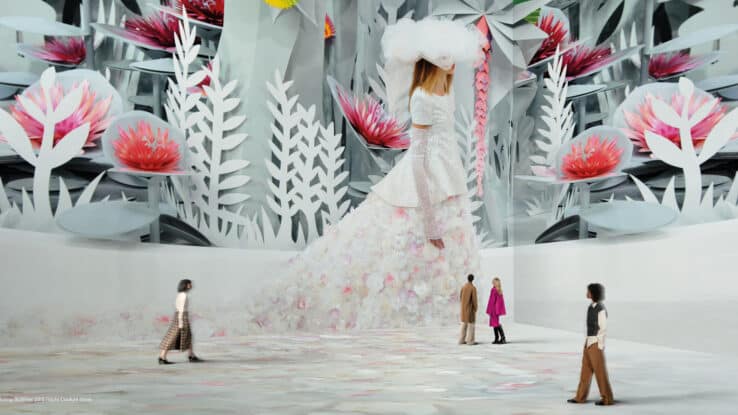
Interview
A peak inside Vogue: Inventing The Runway with David Sabel
Executive Producer David Sabel takes us on a sensory journey of Lightroom's Vogue: Inventing The Runway exhibition
While it’s easy in this age to watch TikToks of runway shows by the most exclusive fashion houses, many of us still won’t know what it’s like to experience a runway show in person. That changes in October, with the opening of Vogue: Inventing The Runway – an immersive exhibition produced by Lightroom, that will draw on Vogue‘s expansive archive and contributor network to showcase the history of fashion’s most prominent symbol. The exhibition will take visitors through early 20th century salons to the current big glossy productions and all that falls between, with the aim to highlight the symbiotic relationship between cultural context and the presentation and preservation of fashion.
Ahead of fashion month, and the exhibition’s opening in October, we spoke to the show’s Executive Producer, David Sabel, on the sound design, the breadth of designers, and creating a “kaleidoscope” experience for visitors.
What was your role in putting this together?
I’m the executive producer for Lightroom and the Inventing The Runway show, created in partnership with Vogue.
When I came to Lightroom, it was very early days, and the space was still in construction, and we were thinking about what partners, collaborations, or other genres would make an interesting subject in what we found to be this emerging form, and I had an idea that it would be amazing to see fashion in that space. It would be totally different from any other fashion exhibition that you’d see, say at the V&A, and that we could do something really unique, particularly because of the diversity of materials – sketch, video, illustration, photography, and a wide range of media which provides a richness and texture. And so I was thinking “who would be the best partner to create a show about fashion with?” And I thought of Vogue. So we and Vogue are in the final stages of putting the show together, and we open in October.
The list of designers is already quite expansive, from the genderless clothing brand Yohji Yamamoto to British menswear designer Martine Rose to traditional fashion house Dior. Are there more designers and fashion houses we can look forward to seeing in the exhibition? Why was it important to display runway culture from international designers?
Yeah, there are a large number of brands participating and that’s hugely thanks to Vogue‘s outreach and standing within the fashion industry, but also because we wanted to tell a story. It was Vogue‘s idea to suggest that we look at the history of the runway and the fashion show.
The fashion show goes back much earlier than some people realise. People often think about the golden age of haute couture, post war Paris – Christian Dior, Balenciaga, and we certainly will spend time focusing on that. But there are some really fun early examples that go back to even late 19th century and early 20th century. So we’re trying to give a historical arc, but also explore the symbolic moments of change. To do this, we wanted a diverse and eclectic range of designers, both culturally and in terms of style of fashion. Therefore, we feature the major juggernaut brands as well as the more independent designers trying to find their voice and do something different. And I hope the show is like a kaleidoscope that will really take you on a journey.
I was also thinking about the location of the actual exhibition, with its proximity to Central Saint Martins. Will you be incorporating of their own shows or students?
It’s a wonderful synergy that the Lightroom happens to be located opposite Central Saint Martins, many of whose graduates will feature in this show, such as John Galliano, Alexander McQueen and Hussein Chalayan. We hope the show will provide a great look back at history but also at what designers are doing today, and inspiration for the next generation to come.
The experience will be soundtracked by “immersive sound design and a score fusing original composition with classical and pop music” – can you tell me more about the way the score was developed and the importance of sound design for this exhibition?
I think one of the things we want to recreate is the energy of what it feels like for people to be at these fashion shows. Often these shows are 10 minutes, sometimes less. There’s a build up, then this sort of explosion, then it’s all swept away and people are usually running off to the next show. So we want to create a sense of that energy, but also to use sound to help place us historically, because we are doing so much globetrotting and time travel in this show. That’s why in addition to original score we’re also looking to find music from the period or music that evokes a particular mood.
We’re working with a sound design company called Coda to Coda – they did the sound design and the music for the Gabrielle Chanel exhibition at the V&A – and they will provide some of the original score for the show. We’ve also got a spatial audio system at Lightroom called HOLOPLOT, which is the same sound system that they use at the Sphere in Las Vegas. This means that we can divide the room in really interesting ways, and make sound feel very present and intimate, or epic on a grand scale.
How does this exhibition aim on capturing both the simplicity of early showrooms and then the spectacle of, say, Naomi Campbell falling over in Vivienne Westwood?
We’re always looking to create an emotional and engaging journey. For example, during the production period for The Moonwalkers, we found that we could extend the amount of time spent with some of the incredible panoramic photography on the moon to allow people to take it all in.
There’s a huge range of material in this exhibition and we aim to strike a balance between moments of reflection with moments of pure sensory experience. The value of the Lightroom format is that even with some of the earlier historical fashion presentations where there is less visual material available, we can use the scale of the room and the theatrical nature of the experience with sound, audio archive, music and projection to evoke and create a sense of different worlds and places. Vogue was first published in 1892, so even the coverage of the early collections that Chanel or Schiaparelli would have been doing in the 20s and 30s, and the way in which they’re written about in those magazines was different. We’ve pulled from the tone of voice from those early magazines because it takes you right to that point in time.
The Vogue archive is full of riches and we are working with a huge number of sources to create the storytelling of this show. With Vogue: Inventing the Runway, we are trying to tell a story of the fashion show which, in turn, tells a wider story of the culture of its time.
Vogue: Inventing The Runway opens 25 October. Find tickets here.
Book by 2 September to save 33% – full Ts&Cs here




